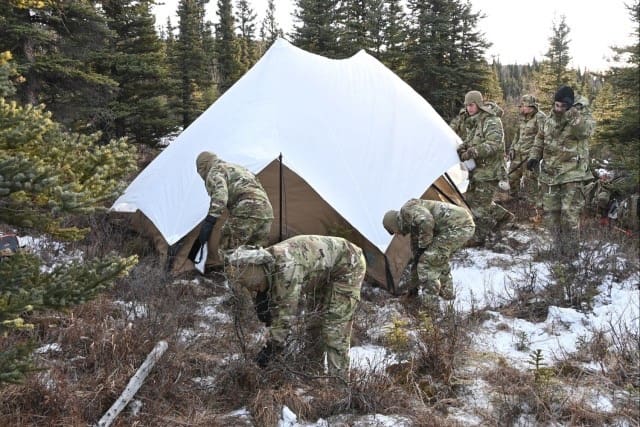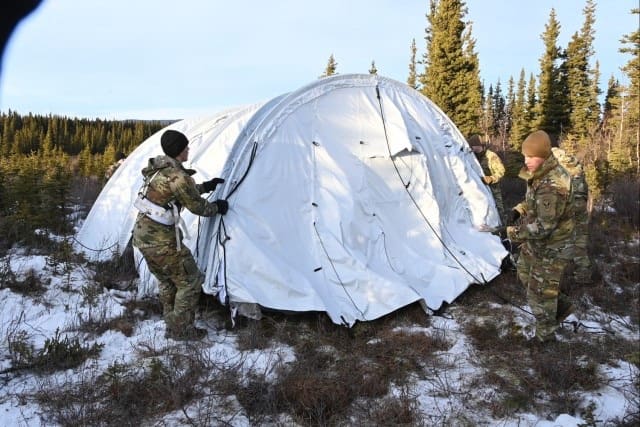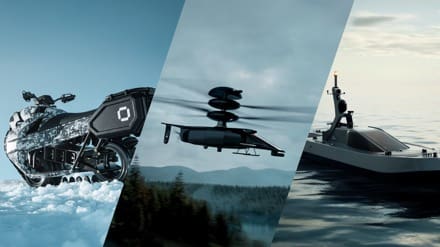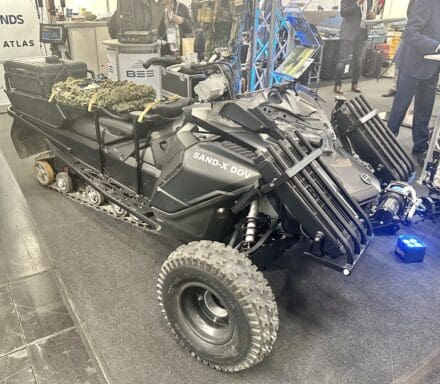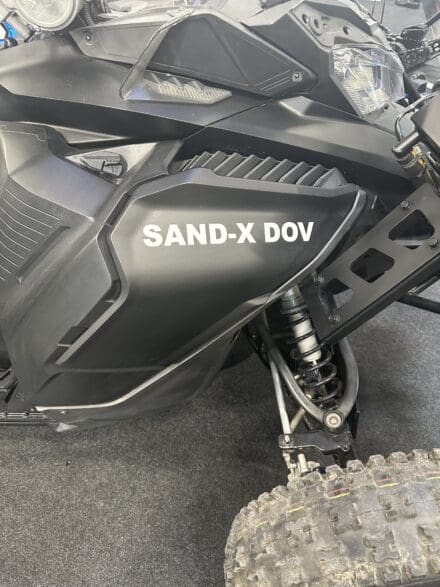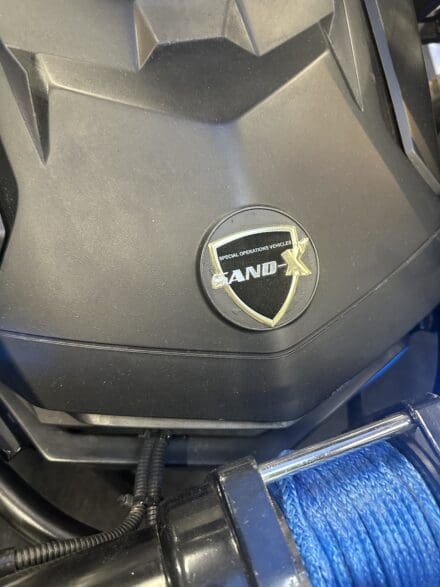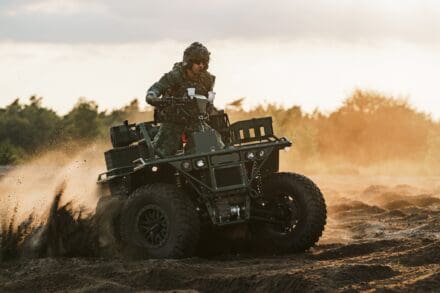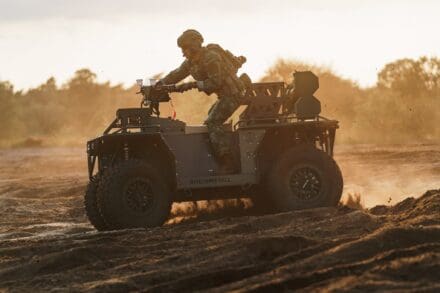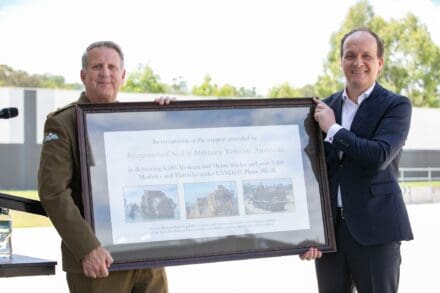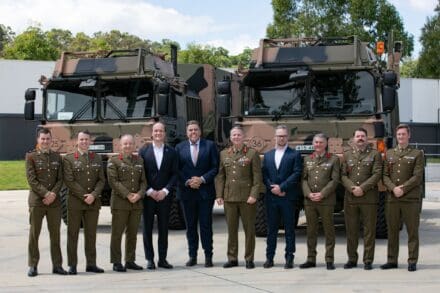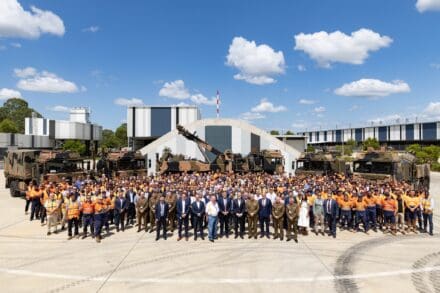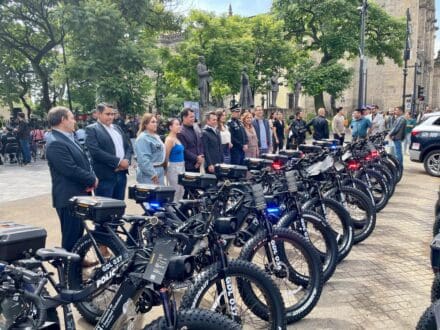ALLENTOWN, PA (March 24, 2025) – MackDefense celebrated the production of its 500th M917A3 Heavy Dump Truck (HDT) in Allentown, Pennsylvania.
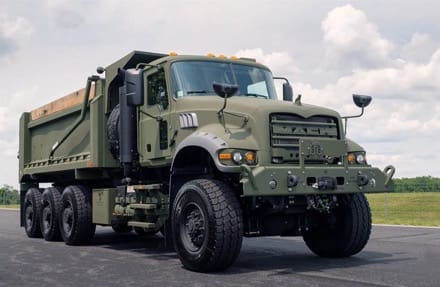
The HDT, based off the commercially available Mack® Granite®, is part of the previously announced firm-fixed price $296 million contract over seven years that the U.S. Army awarded Mack Defense in 2018, which allows for up to 683 trucks. The U.S. military in the summer of 2024 ordered 74 HDTs from the presidential budget and 29 were purchased by the U.S. National Guard. Thus far, the military has ordered 549 HDTs from Mack Defense.
“We’re excited that we’ve produced 500 of the Mack HDTs to date fulfilling the various operational needs of our military,” said David Hartzell, president of Mack Defense. “These vehicles play a vital role in supporting our country in various ways, and we’re proud to be the supplier that manufactures them. Thank you to our Mack Defense employees, who made this possible.”
The HDTs play a vital role in construction andupkeep of infrastructure assets, including airfields, roadways, landing strips, supply facilities and motor pools.
The HDTs are spec’d with heavier-duty rear axles, all-wheel drive, increased suspension ride height and other ruggedized features to meet the unique requirements of the U.S. military.
The HDT model also features advanced technology, including ABS, modern control interfaces for user-friendly operation, and active safety systems. These modern technologies, coupled with improved sustainability, were key factors in the Army’s investment in the new HDTs. Both the HDTs and the production line at the MEC have undergone rigorous inspection by government quality auditors to ensure these mission-critical trucks exceed expectations.
Production of the HDTs began in Q1 2021,following an investment of $6.5 million to create adedicated HDT production line at the facility. Theproduction line helps fulfill the M917A3 contract, while allowing Mack Defense to produce other vehicle variants.
Mack Defense, a wholly owned subsidiary of Mack Trucks, is responsible for the
sale of heavy-duty trucks to federal- and ministerial-level customers globally. For more information, please visit www.mackdefense.com.


